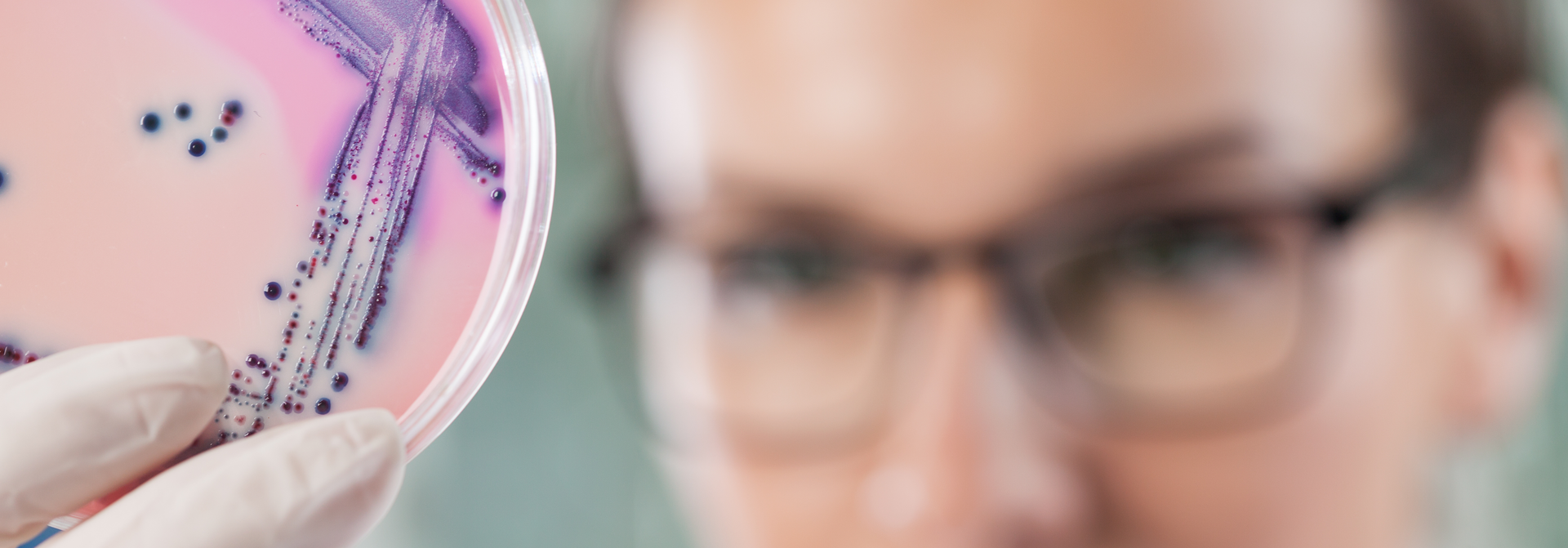FEMS Yeast Research Poster Prize: Marta Avramova
06-11-19
We send our congratulations to Marta Avramova, who was awarded a Poster Presentation Prize at 35th International Specialised Symposium on Yeasts (ISSY35), by our journal FEMS Yeast Research.

ISSY35 was held from 21 – 25 October 2019, in Antalya (Turkey) under the theme “Yeast Cornucopia: Yeast for health and wellbeing”. Our Editor-in-Chief for FEMS Yeast Research, Prof. John Morrissey, was also in attendance and so took the time to give the award to Marta in person.
Read our interview with Marta about her research below:
What is your current position, and what was your scientific journey to get there?
At present, I have the pleasure to work as a Postdoc scientist in UMR SPO, INRA in Montpellier, France. I am involved in a project aiming to unravel the genetic bases behind the low nitrogen requirement of Saccharomyces cerevisiae oenological strains under winemaking conditions.
What brought me to this position was my curiosity about exploring yeasts involved in winemaking, but also the scientific friendships and connections that I have encountered during my professional journey.
My interest for wine was born when I went living in Bordeaux. It was there that I decided that I wanted to turn my attention towards oenology and further wine sciences and microbiology in particular. Therefore, during my Masters I was involved in projects on Starmerella bacilaris (in ISVV, Bordeaux, France) and Torulaspora delbrueckii (in Universitat Rovira I Virgili, Tarragona, Spain) aiming to explore the potential of those yeast species for lowering the alcohol content of wine.
After that, I did my PhD thesis on the population genetics and sulphur dioxide tolerance of Brettanomyces bruxellensis, as a part of a project between the University of Adelaide and AWRI (from Australia) and Bordeaux (in France). Now, my journey with wine yeast continues, but this time with the star of the wine opera – Saccharomyces cerevisiae.”
Could you describe the research your presentation covered?
Grape wine is the result of complex interactions between grape must and microorganisms. During the fermentation process, yeast and bacteria share this fermentation environment, where they find the nutrients and physicochemical conditions for their growth and proliferation.
One if the nutrients with major impact on alcoholic fermentation is nitrogen. Yeast assimilable nitrogen can be a limiting factor for the yeasts performing grape must fermentation. When nitrogen concentration is low, some S. cerevisiae strains do not finish the fermentation (they have high nitrogen requirement, HNR), often leading to wine with unwanted organoleptic qualities. However, other strains are capable of finishing the fermentation in spite of nitrogen limitation (they are low nitrogen requirement strains, LNR).
Our team was interested in finding the genes and allelic variants behind this variability and eventually use this knowledge for optimisation of the selection process of oenological strains. Previous work was done with the aim to answer this question and the used methodology led to the identification of genomic regions which were interesting candidates but were also very numerous and wide. Therefore, there was a need to narrow down those regions.
For this, we used a classical QTL (Quantitative Trait Loci) approach with 108 F2 descendants from a cross between a LNR and HNR strain. They were genotyped (about 3500 SNP markers for each) and phenotyped (carbon dioxide production in low nitrogen medium). Statistical analyses of these data suggest that there is no major QTL related to the phenotype variation; this result was congruent with the putative multigenic character of the phenotype.
Thus, we decided to focus on possible interactions between loci and pointed out two couples of interacting genomic regions which explain 46 % of the phenotypic variation. Those regions contain genes related to nitrogen catabolite repression, TOR (Tagret of Rapamycin) pathway, stress response, amino acid metabolism, protein synthesis and transport.
Indeed, these are functions which could be related to nitrogen requirement. To further confirm their contribution to nitrogen requirement in winemaking conditions, it is important to perform a phenotypical validation through allele swap between the parental strains using CRISPR-Cas9 technique and phenotypic analysis. Also, it would be of high interest to explore the possibility of multiple loci interaction through an optimisation of the used statistical analysis.
This work highlights the importance of epistasis for the evaluation genotype-phenotype relation. Also, it would bring elements for unravelling nitrogen metabolism of S. cerevisiae and improve strain selection for fermentation of nitrogen deficient must.”
What do you hope to focus your research on in the future?
I would like to continue my research in the intersection between those two different (and interconnected) worlds that are the world of wine and the world of microbiology. I consider it would be interesting to work towards the protection and revival of the diversity of wine both as a product and as microbiological environment.”
